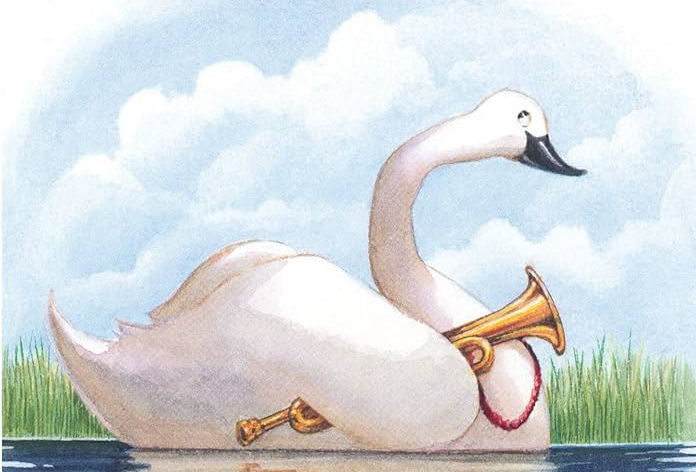Apollo 13
- Joe

- Dec 3, 2021
- 4 min read
Earlier this week I stumbled upon Apollo 13 (1995) on YouTubeTV while looking for something to just have on. I planned to be doing other stuff around the house. I didn't do much else after that. It seems every time I find this movie I have to watch it all the way to the end.
What makes Apollo 13 so good is the simple fact it shows the events as they transpired. It's a story that's so remarkable compelling it needs no embellishment and the film has very little. At this point the 'Space Race' between the US and the Soviet Union was for all intents and purposes over. The US Apollo Program overcame one horrible tragedy in 1967 (the death of the crew of Apollo 1) to eventually put Americans on the moon with Apollo 11 in 1969, fulfilling the main stated goal of the missions (and within the decade as promised by JFK). They of course did this before the Soviets, who never made it there at all. Apollo 12, later in 1969, also landed on the moon and the astronauts were able to be more exacting with their landing location and more thorough in exploring the surface. Apollo 13 was meant to be the third manned trip to the moon and was planned for early 1970. The commander of this mission was Jim Lovell (the character played by Tom Hanks). It was his fourth trip into space after Gemini 7 (1965 - 14 days in space, rendezvous test), Gemini 12 (1966 - extravehicular activity) and Apollo 8 (1968 - first mission to visit and orbit the moon). The events of the film come mostly from Lovell's book, called Lost Moon, published in 1994.

You may know what happened from there. After escaping Earth's atmosphere and reaching space, an explosion occurred during a seemingly routine activity. It was all due to bad insulation on wiring inside an oxygen tank. The explosion resulted in the loss of most of the oxygen in the main spacecraft (the 'service module'), an obviously critical resource needed for both the astronauts to breathe and for generating electricity. Everything in the service module was shut down and the astronauts transferred to the attached secondary spacecraft (the 'lunar module' or 'LM') in an attempt to stay alive and get home. The LM, intended solely for landing and taking off from the moon, was never designed for how it was to be used but it was their only option.
'Houston, we've had a problem.'
(the real quote)
From there came considerable troubleshooting and decision making. Was the mission going to do a direct abort and come straight back to Earth or continue on and use the moon's gravity to aid its flight? How would the LM handle three men when it was only designed for two? Would the men survive the cold and rising CO2 levels? How would they course correct considering the limited power? How could they reboot the service module systems necessary for reentry? Somehow they managed to do it all and watching it is still an intense journey even though you almost certainly know how it ends.
Directed by Ron Howard, the film has a tremendous cast. Tom Hanks is always stellar and this role is right in his wheelhouse, portraying the determined and experienced Lovell as he leads the three man crew not only through the many problems described already but the profound disappointment of not setting foot on the moon. Criminally underrated Bill Paxton (Fred Haise) actually looks like he's dying near their return. Kevin Bacon (Jack Swigert) couldn't be much better than playing a last-minute replacement pilot on his first trip to space. Gary Sinise (Ken Mattingly) is perfect as the man left behind, going from being unable to watch the launch due to anger and frustration to saving his friends. But the best performance of all goes to Ed Harris (NASA flight director Gene Kranz), who not only effectively wills the astronauts home but gets the biggest emotional payoff all to himself. Credit also has to be paid to Kathleen Quinlan as Lovell's wife Marilyn. She personifies everyone invested in getting those men home but who is completely helpless to do anything about it. Oh and, by the way, the 25 year old special effects hold up quite well.
'We are not losing those men!'
I love this story, and the movie, because of what NASA pulled off during this failed mission. No they didn't get to the moon, but they brought home all three of their astronauts from a dead spacecraft rocketing away from Earth. They had to do massive problem solving on the fly, with almost no time and no room for error. It was a considerable achievement in itself. This viewing had me wondering whether it was even more impressive than actually landing men on the moon, where they had a playbook and simply followed the script step by step. That's what I was thinking about when the movie wrapped up.
On further reflection and after reading about the Gemini and Apollo missions and everything that led up to Armstrong and Aldrin setting foot on the moon, I do think it's clear that landing successfully was the more impressive accomplishment (and maybe even the greatest in human history). Apollo 11 cannot be viewed in isolation, it was the culmination of more than two decades of pushing the limits of what was possible that began with breaking the sound barrier. For more about that and everything before Apollo, go watch The Right Stuff (1983). It's long but its worth it.

As for Apollo 13, I remain thoroughly impressed, with everything that happened in real life and with the film re-telling. Make sure you've seen it. Since I don't own it for whatever reason, I'll need to rectify that soon.








Comments